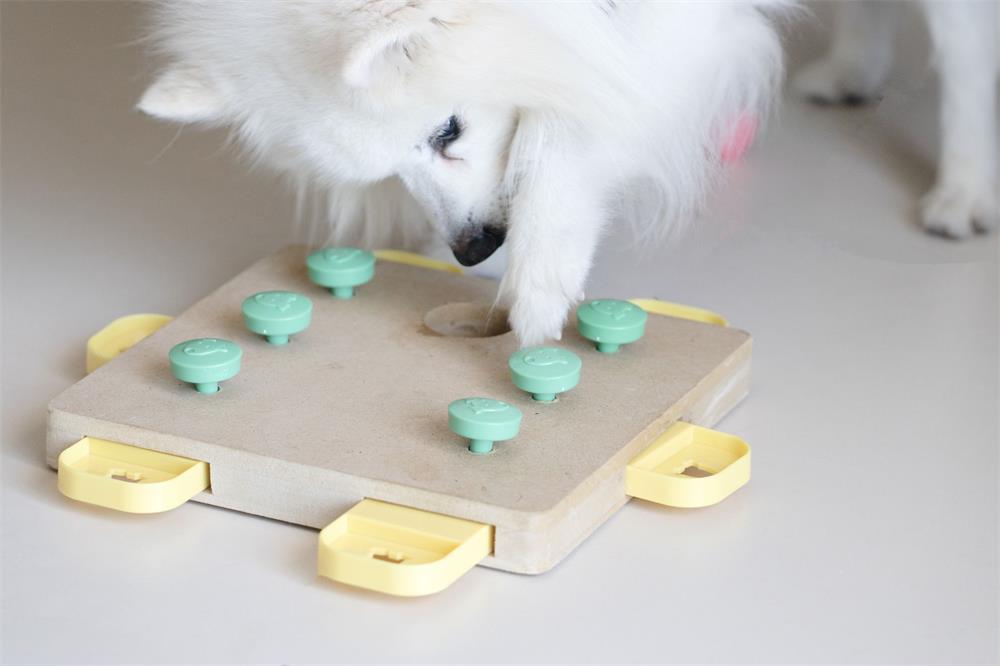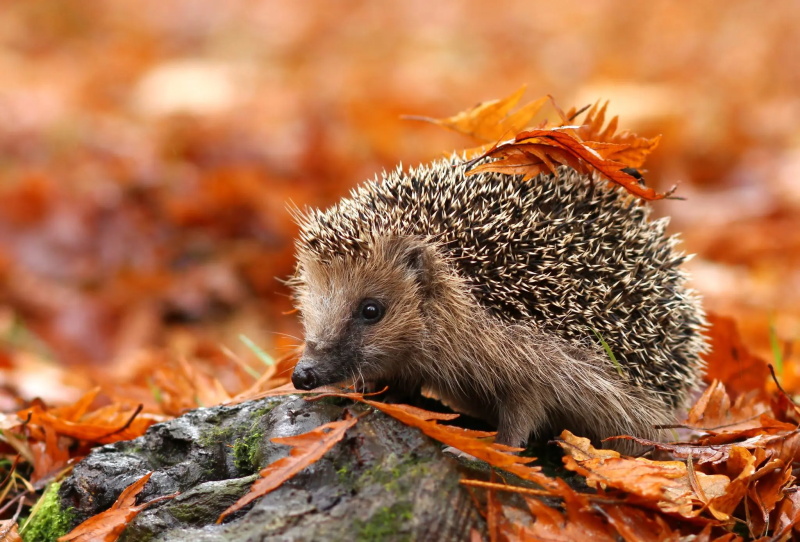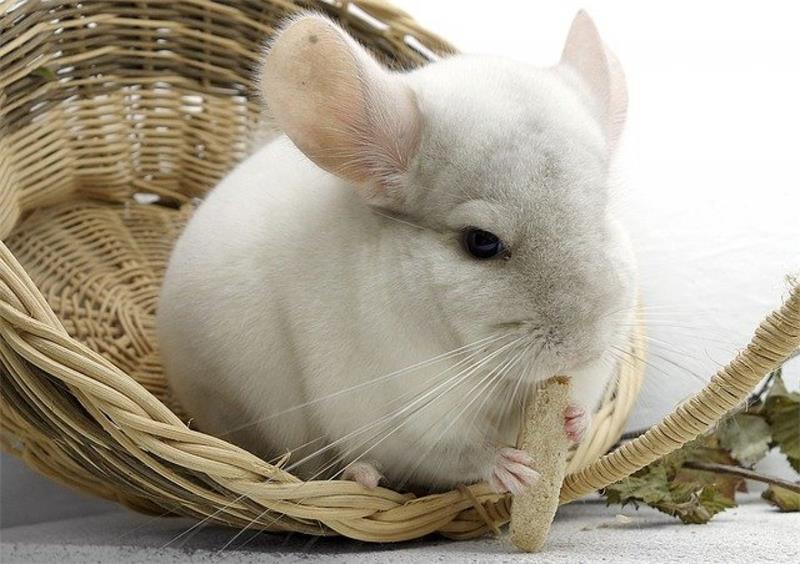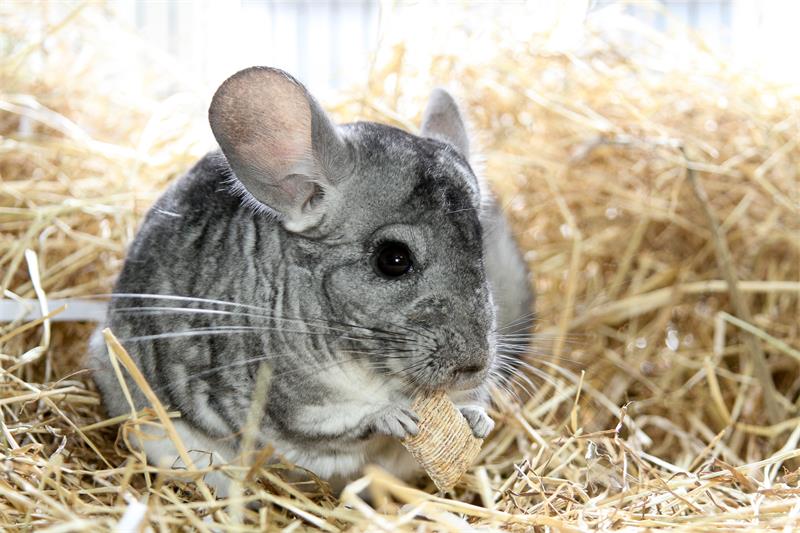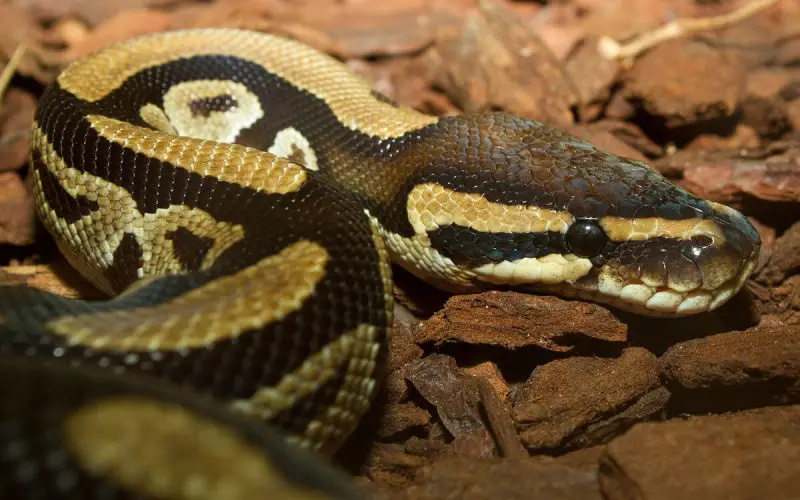
Table of Contents
Ball pythons are one of the most popular and beginner-friendly pet snakes in the reptile community. They are docile, hardy, and come in a wide variety of colors and patterns. However, ball pythons are not just simple pets that can be kept in a bare enclosure with minimal care. They are living creatures that deserve a stimulating and rewarding life that meets their physical and psychological needs.
In this article, we will cover the following topics:
- The natural history and behavior of ball pythons
- The basic requirements for ball python care
- The benefits of enrichment for ball pythons
- The types of enrichment for ball pythons
- The tips and precautions for providing enrichment for ball pythons
The natural history and behavior of ball pythons
Ball pythons (Python regius) are native to regions of central and western Africa, where they inhabit semi-arid grasslands, forests, and agricultural areas. They are often found in burrows made by other animals, but they can also climb trees and hunt for prey such as rodents, birds, and lizards. They are crepuscular, which means they are most active at dawn and dusk.
Ball pythons are named for their defensive behavior of curling up into a tight ball when threatened. They use this strategy to protect their head and neck from predators. They also rely on their cryptic coloration and patterns to blend in with their surroundings.
Ball pythons are sexually dimorphic, which means there is a noticeable difference in size between males and females. Females are larger and can reach lengths of 3 to 5 feet, while males are smaller and usually stay between 2 to 3 feet. Ball pythons reach sexual maturity in 3 to 5 years and can live up to 30 years or more in captivity.
The basic requirements for ball python care
Before we discuss how to provide enrichment for ball pythons, we need to make sure that their basic requirements for care are met. These include:
- A suitable enclosure that is large enough, secure, well-ventilated, easy to clean, and escape-proof
- A temperature gradient that ranges from 75 to 85 degrees Fahrenheit, with a basking spot of 88 to 92 degrees Fahrenheit
- A humidity level that stays between 50 to 60 percent, with occasional spikes up to 80 percent during shedding
- A substrate that is safe, absorbent, non-toxic, non-irritating, and easy to spot-clean
- A large shallow water dish that is always clean and fresh
- A hiding place on both the warm and cool sides of the enclosure
- A climbing branch or other structure that allows the snake to exercise and explore
- A UVB light source that mimics natural sunlight and helps with vitamin D synthesis
- A regular feeding schedule that consists of appropriately sized frozen-thawed rodents
- A thorough cleaning and disinfection of the enclosure and its contents at least once a month
- A regular health check-up by a qualified reptile veterinarian
These are the minimum standards for keeping a ball python healthy and comfortable. However, they do not necessarily provide enough stimulation and variety for the snake’s mental well-being. That’s where enrichment comes in.
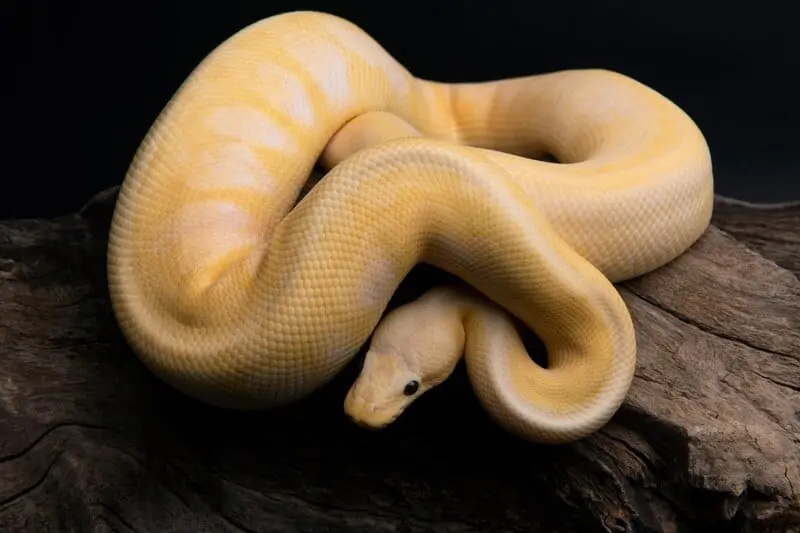
The benefits of enrichment for ball pythons
Enrichment is defined as “the provision of stimuli that promote the expression of species-appropriate behavioral and mental activities” (Young et al., 2004). In other words, enrichment is anything that makes the animal’s life more interesting, challenging, fun, or rewarding.
Enrichment has many benefits for captive animals, such as:
- Reducing boredom, stress, frustration, aggression, stereotypies (repetitive behaviors), and other behavioral problems
- Increasing activity levels, exploration, curiosity, learning abilities, problem-solving skills, and cognitive functions
- Enhancing physical health, immune system function, growth rate, reproduction success, and lifespan
- Improving social interactions, communication skills, and emotional states
- Providing choices, control, and opportunities for self-expression
Enrichment is especially important for reptiles like ball pythons because they are often underestimated or neglected when it comes to their intelligence and emotional needs. Contrary to popular belief, reptiles are not “cold-blooded” in the sense that they lack feelings or personality. Reptiles can also show signs of fear, aggression, pleasure, and even affection. They can recognize their owners, respond to their voices or touch, and learn from their experiences.
Therefore, providing enrichment for ball pythons is not only a way to make their lives more enjoyable but also a way to respect their intelligence and emotions.
The types of enrichment for ball pythons
Enrichment can be classified into different categories based on the type of stimuli or activities involved. Here are some examples of each category and how they can be applied to ball pythons:
- Environmental enrichment: This refers to modifying or adding elements to the enclosure that create more complexity, diversity, and naturalness. For example, you can use different types of substrates (such as coconut fiber, aspen shavings, or cypress mulch), add more hiding places (such as cork bark, hollow logs, or artificial caves), provide more climbing opportunities (such as branches, vines, or plants), or change the layout of the enclosure periodically. Environmental enrichment can stimulate the snake’s senses of sight, smell, touch, and hearing, as well as encourage exploration and exercise.
- Food enrichment: This refers to varying or enhancing the way food is presented or delivered. For example, you can offer different types of prey items (such as mice, rats, hamsters, or gerbils), change the size or color of the prey items (such as using white or brown mice), hide the prey items in different locations or containers (such as paper bags, cardboard boxes, or PVC pipes), or make the snake work for its food (such as using puzzle feeders, tongs, or scent trails). Food enrichment can stimulate the snake’s senses of smell, taste, and touch, as well as promote natural hunting behaviors and problem-solving skills.
- Social enrichment: This refers to providing opportunities for interaction with other animals or humans. For example, you can house compatible ball pythons together (such as a male and a female during breeding season), introduce new ball pythons to each other (with proper quarantine and supervision), allow your ball python to see or smell other reptiles in your collection (without direct contact), or handle your ball python regularly (with gentle and respectful techniques). Social enrichment can stimulate the snake’s senses of sight, smell, touch, and hearing, as well as enhance social skills and emotional states.
- Cognitive enrichment: This refers to challenging or stimulating the mental abilities of the animal. For example, you can train your ball python to perform simple behaviors (such as targeting, coming when called, or entering a transport container), expose your ball python to novel objects or situations (such as new toys, sounds, or scents), or provide your ball python with choices and control (such as allowing it to decide when to come out of its hiding place or when to eat). Cognitive enrichment can stimulate the snake’s senses of sight, smell, touch, and hearing, as well as improve learning abilities, memory, and cognition.
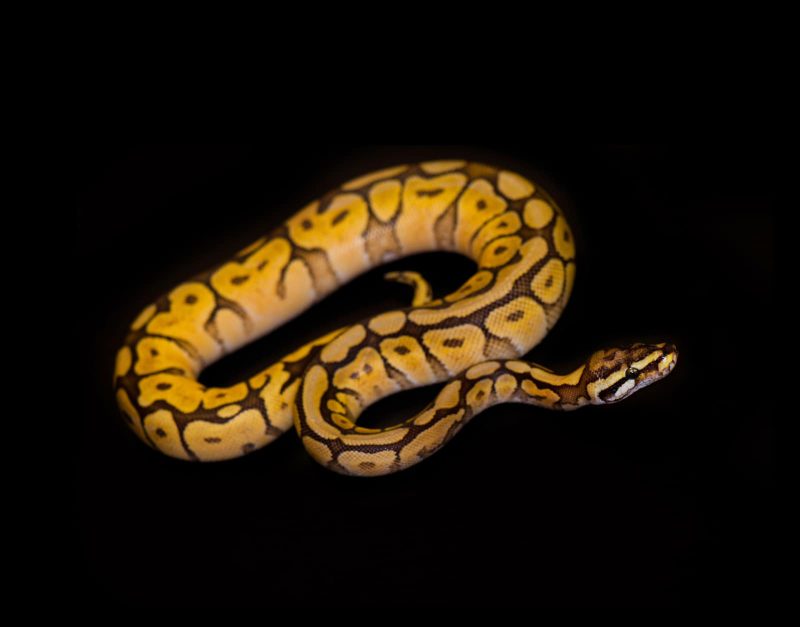
The tips and precautions for providing enrichment for ball pythons
While enrichment is beneficial for ball pythons, it is not without risks or limitations. Here are some tips and precautions to keep in mind when providing enrichment for your ball python:
- Observe your ball python’s behavior and preferences: Not all ball pythons will respond to enrichment in the same way. Some may enjoy certain types of enrichment more than others, or may have individual likes and dislikes. Observe how your ball python reacts to different stimuli or activities, and adjust accordingly. For example, if your ball python seems stressed by loud noises, avoid using sound-based enrichment. If your ball python prefers hiding over climbing, provide more hiding places than branches. If your ball python shows interest in a particular toy or object, offer it more often.
- Monitor your ball python’s health and safety: Enrichment should not compromise your ball python’s health or safety. Monitor your ball python’s physical condition, weight, appetite, shedding, and fecal output regularly, and check for any signs of injury, illness, or stress. Make sure that any items or materials used for enrichment are safe, non-toxic, non-edible, and non-injurious for your ball python. Avoid using anything that could cause choking, impaction, burns, cuts, or infections. Remove any items that are damaged, dirty, or contaminated.
- Rotate and vary the enrichment: Enrichment should not be predictable or boring for your ball python. Rotate and vary the types, frequency, intensity, and duration of enrichment to keep your ball python interested and challenged. For example, you can change the substrate every few weeks, offer different prey items every other feeding, hide the food in different places every time, introduce new toys or objects every few days, or handle your ball python at different times of the day. However, do not change everything at once or too often, as this could cause stress or confusion for your ball python. Find a balance between novelty and familiarity.
- Evaluate the effectiveness of the enrichment: Enrichment should have a positive impact on your ball python’s well-being. Evaluate the effectiveness of the enrichment by measuring the changes in your ball python’s behavior and physiology. For example, you can record the amount of time your ball python spends exploring, resting, hiding, climbing, hunting, or interacting with you or other animals. You can also measure the changes in your ball python’s heart rate, body temperature, hormone levels, or immune system function. Compare the results before and after providing enrichment, and look for any improvements or declines in your ball python’s welfare.
Conclusion
Ball pythons are not just simple pets that can be kept in a bare enclosure with minimal care. They are living creatures that deserve a stimulating and rewarding life that meets their physical and psychological needs. By providing enrichment for your ball python, you can enhance its health, happiness, and quality of life. Enrichment can also strengthen your bond with your ball python and make owning it more enjoyable and rewarding for you.



